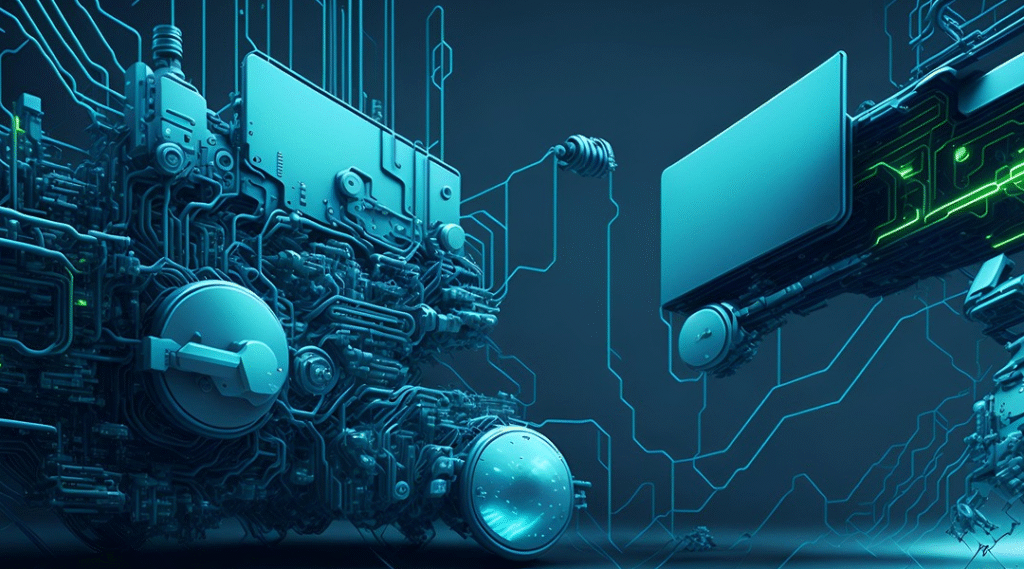In an industry defined by razor-thin margins and shifting consumer demands, today’s leading auto manufacturers are doubling down on breakthrough technologies to secure a competitive edge. From AI-driven design and smart factories to electrification and connected services, these innovations permeate every phase of vehicle development and ownership. Below, we explore five critical arenas where advanced technologies are rewriting the rules of automotive competition.
1. Smart Factories and Industry 4.0
Modern assembly plants have evolved into sophisticated, data-driven ecosystems:
- Robotics and Cobots: Collaborative robots work alongside human operators to handle repetitive or ergonomically challenging tasks. This fusion of human insight and robotic precision boosts throughput while trimming errors and workplace injuries.
- Real-Time Analytics: Embedded IoT sensors feed live performance metrics—such as equipment vibration, energy usage, and cycle times—into cloud platforms. Machine-learning models then forecast maintenance needs, preventing unplanned downtime and lowering operating expenses.
- Flexible Production Lines: Modular workstations can be reconfigured within hours to accommodate new models or limited-edition runs. This agility allows manufacturers to pivot quickly in response to market trends or custom-order surges.
By transforming plants into intelligent, self-optimizing environments, automakers shorten lead times and uphold exacting quality standards.
2. Artificial Intelligence in R&D
AI and advanced computing are revolutionizing how vehicles are designed, tested, and validated:
- Generative Design: Engineers specify performance criteria—such as load-bearing requirements, weight targets, and crashworthiness—and AI algorithms propose thousands of optimized component geometries. The result: lighter, stronger parts that push the boundaries of traditional engineering.
- Digital Twins: Virtual replicas of vehicles and assembly systems simulate real-world stresses, from aerodynamic drag at highway speeds to thermal management in extreme climates. These digital twins accelerate testing cycles and slash the cost of physical prototypes.
- Vision-Based Quality Control: High-resolution cameras paired with computer-vision algorithms inspect every weld, paint coat, and interior panel. Defects invisible to the human eye are detected instantly, ensuring each car rolls off the line in pristine condition.
These AI-powered tools drive down development time and R&D budgets while elevating overall product reliability.
3. Electrification and Next-Gen Powertrains
With emissions regulations tightening worldwide, electrified vehicles are a battleground for differentiation:
- Advanced Battery Chemistry: Partnerships with specialized suppliers are yielding solid-state and silicon-anode batteries. These cells promise faster charging, greater energy density, and longer cycle life, giving electric models a clear range advantage.
- Integrated Thermal Systems: Sophisticated cooling and heating circuits monitor and manage cell temperatures in real time, preserving battery health and ensuring consistent performance, even in extreme weather.
- High-Efficiency Electric Motors: Next-generation motors use fewer rare-earth materials and incorporate innovative winding patterns to maximize torque density and minimize energy loss.
Mastery of these powertrain technologies not only helps OEMs meet regulatory targets but also delivers the exhilarating acceleration and low running costs that buyers crave.
4. Connectivity and Over-the-Air Updates
Today’s vehicles are rolling computers, and constant connectivity has become a key differentiator:
- Telematics and Remote Diagnostics: Embedded modems collect anonymized driving data, enabling manufacturers to anticipate service needs and proactively schedule maintenance reminders—often before drivers even notice an issue.
- Over-the-Air (OTA) Software: Much like smartphones, modern cars can download firmware upgrades for infotainment, driver-assist systems, and even powertrain controls. This continuous-update model keeps vehicles current without dealership visits and allows OEMs to respond swiftly to new regulations or security vulnerabilities.
- Personalized Services: By analyzing driving habits and location data, manufacturers tailor subscription services—such as dynamic insurance pricing, in-car concierge features, or location-based charging network access—to individual motorists, creating new recurring-revenue streams.
Connectivity turns one-time vehicle buyers into long-term subscribers, reinforcing brand loyalty and elevating profitability.
5. Sustainable Practices and the Circular Economy
Environmental stewardship now underpins competitive positioning:
- Eco-Sourced Materials: Recycled plastics, bio-resins, and aluminum recovered from end-of-life vehicles reduce the carbon footprint of new models without compromising structural integrity.
- Closed-Loop Manufacturing: End-of-life recycling programs reclaim critical metals and composites. These recovered materials are reincorporated into new vehicles, shrinking dependence on virgin resources.
- Renewable Energy Integration: Factories powered by on-site solar arrays, wind turbines, and battery storage systems lower greenhouse-gas emissions and insulate production costs from fossil-fuel price swings.
These green initiatives resonate powerfully with eco-conscious buyers and strengthen OEMs’ environmental, social, and governance (ESG) credentials.
By embedding advanced technologies across design, production, and ownership, forward-thinking automakers are redefining what it means to compete in the 21st century. Smart factories deliver higher quality at lower cost. AI accelerates development and uncovers groundbreaking design possibilities. Electrification reshapes driving dynamics and meets regulatory demands. Connectivity transforms vehicles into platforms for perpetual improvement and new services. And sustainability efforts bolster brand appeal while conserving resources.
In this era of rapid change, the manufacturers that master these innovations won’t just stay in the race—they’ll lead it.
More about the topic:
Driving Competitive Advantage: How AI Is Transforming Car Service Providers
Smart Car IoT: Unpacking Its Origins, Impact, and Future Trajectory
Empowering Everyday Drivers: How AI Is Transforming the Driving Experience
Industry 4.0 Unleashed: How AI Is Revolutionizing Manufacturing
As for in-depth insight articles about AI tech, please visit our AI Tech Category here.
As for in-depth insight articles about Auto Tech, please visit our Auto Tech Category here.
As for in-depth insight articles about Smart IoT, please visit our Smart IoT Category here.
As for in-depth insight articles about Energy, please visit our Energy Category here.
If you want to save time for high-quality reading, please visit our Editors’ Pick here.



